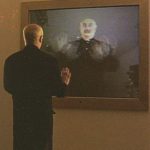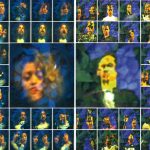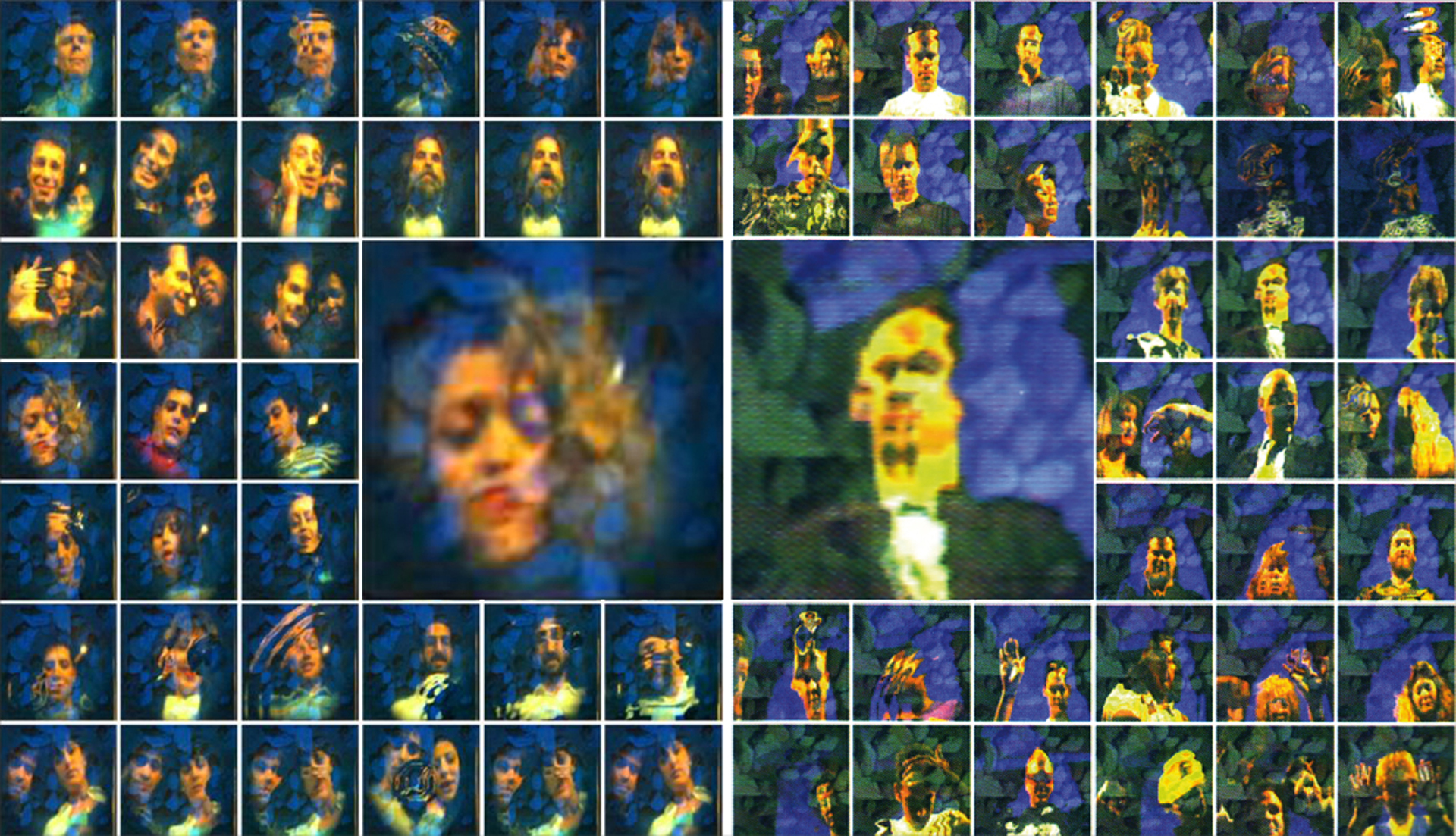Monika Fleischmann, Wolfgang Strauss: Liquid Views – Digital Mirror of Narcissus (1992)
Artist(s):
Collaborators:
- Christian A. Bohn
-
- German National Research Center for Computer Science
Title:
- Liquid Views - Digital Mirror of Narcissus (1992)
Exhibition:
- SIGGRAPH 1993: Machine Culture
-
More artworks from SIGGRAPH 1993:


Category:
Artist Statement:
Liquid Views explores the concept of self and other in the context of the evolving Internet. This interactive installation overlays the viewer’s live image with a digitally simulated water effect on a high-resolution touchscreen. A miniature video camera embedded in the touchscreen captures visitors as they look into this virtual water. The software then superimposes the visitor’s image onto the water simulation, creating a reflective mirror effect.
Seeing their reflection, visitors instinctively touch their image. A morphing algorithm dissolves their reflection into digital waves, just like real water. At first glance, Liquid Views is reminiscent of Caravaggio’s Narcissus reflected in a well. Upon closer inspection, we witness an intimate act of self-reflection on a second screen. What begins as an inward gaze turns outward. It engages the audience and seems to look back at them. In the reflection of the reflection, the observer and the observed are intertwined, as are the acts of introspection and revelation.
This mechanism offers a novel experience as a post-historical persona in which we see and perceive ourselves as we are seen by others. Liquid Views not only anticipates selfie culture, but also encourages us to recognize ourselves in others and others in us.
All Works by the Artist(s) in This Archive:
- Monika Fleischmann
-

Liquid Views - Rigid Waves
[SIGGRAPH 1998] -

Liquid Views - Digital Mirror of Narciss...
[SIGGRAPH 1993] - Wolfgang Strauss
-

Liquid Views - Rigid Waves
[SIGGRAPH 1998] -

Liquid Views - Digital Mirror of Narciss...
[SIGGRAPH 1993]





